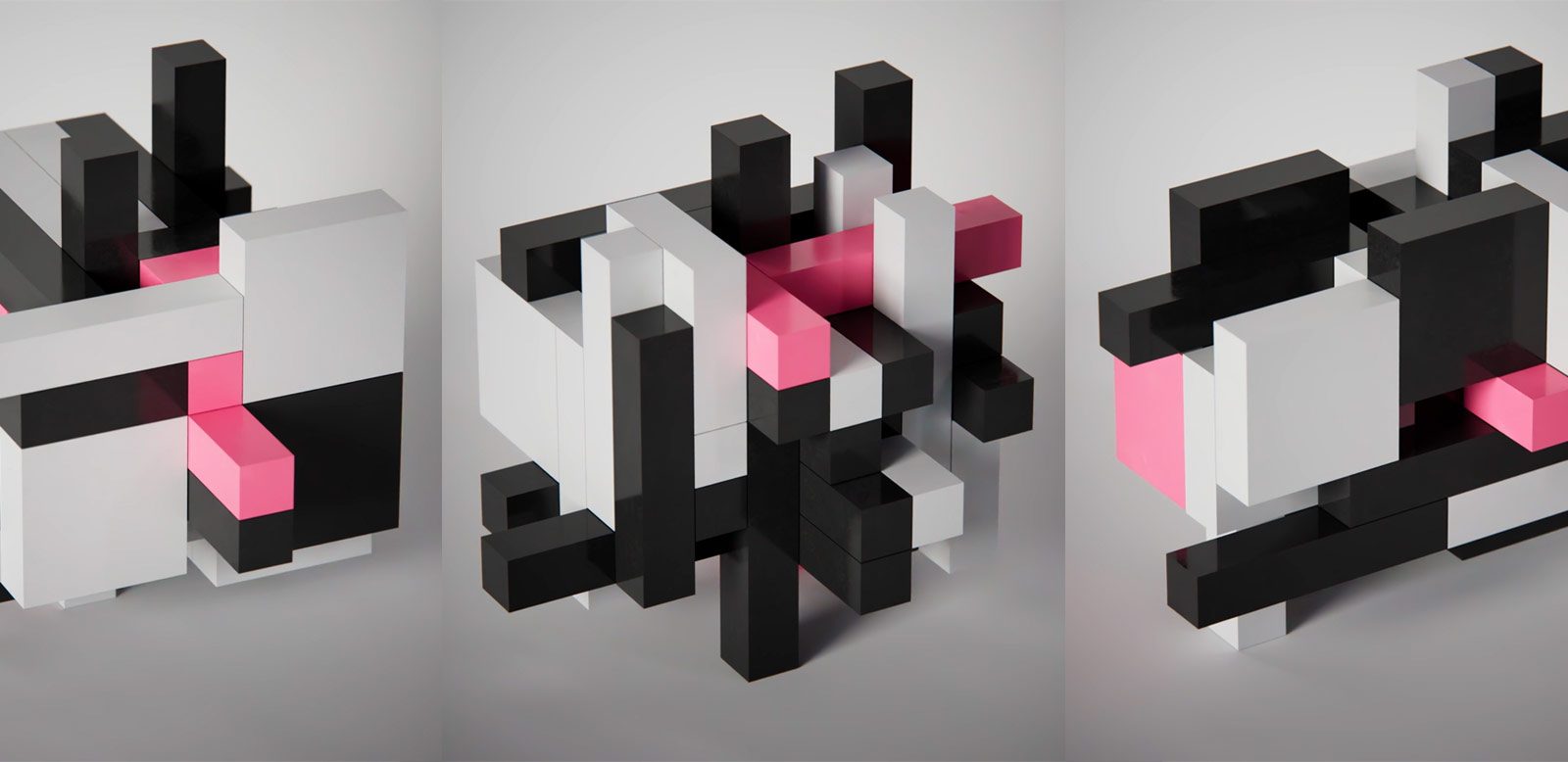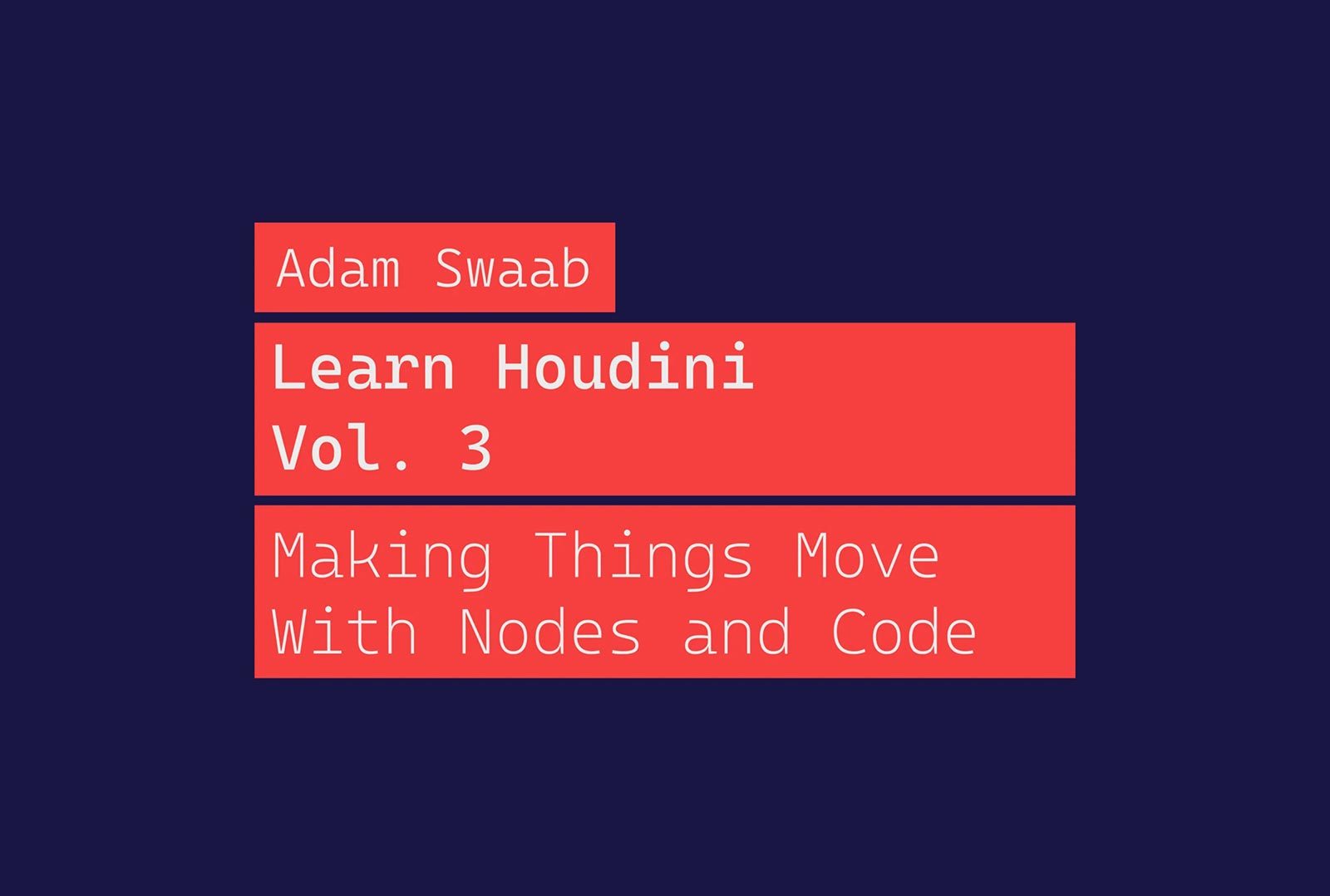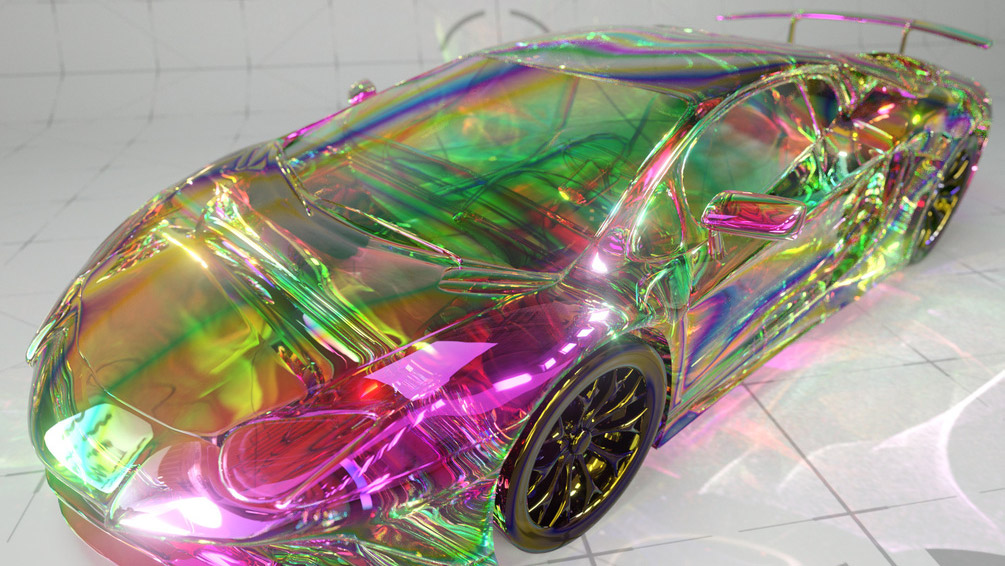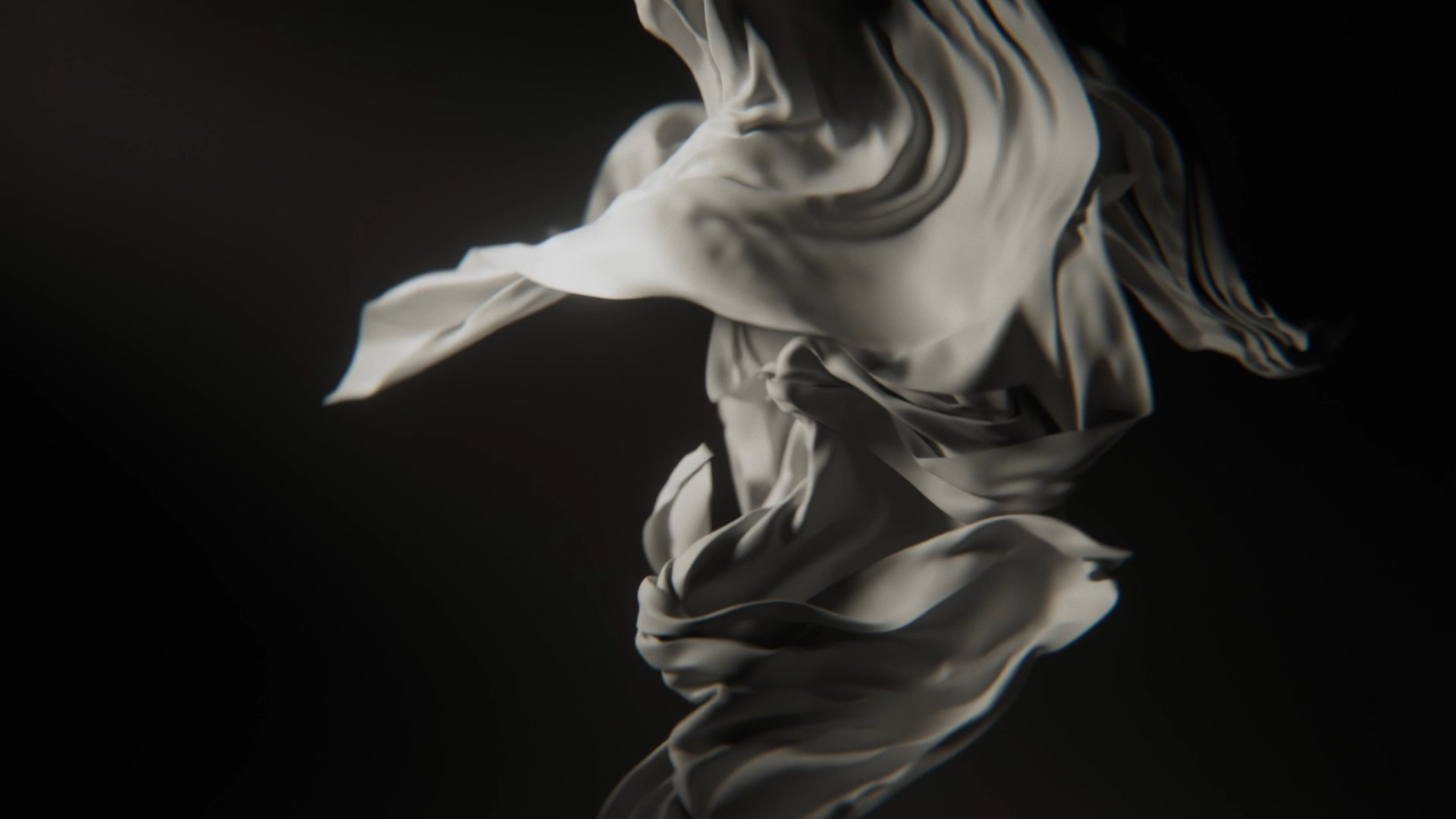
Start your Houdini learning with this first volume of tutorials by Adam Swaab.
Have you thought about learning Houdini, but didn’t know where to start? Have you tried to learn it before and given up? Or, are you inspired by the amazing work you see done in the program, and you want to learn from an experienced artist?
I’m here to help. I’m an artist and coder – I’ve used Houdini in most of my work for the last 15 years – from film visual FX (Tron Legacy, Twilight: Breaking Dawn) to commercials, music videos, and digital art pieces.
I have been publishing Houdini tutorials and courses for almost as long as I have used the program. I developed several Houdini courses for larger learning platforms, and I am now bringing my brand of educational materials directly to you.
Training Summary
Learn Houdini from an industry leader
Aimed at beginners or new users of Houdini
14 chapters over 3.8 hrs of in depth training
Attributes, Expressions, VOPS, Groups, Loops, Solvers, Instancing, Contexts, Rendering.
Recommended requirements
Houdini 20
Some 3D experience
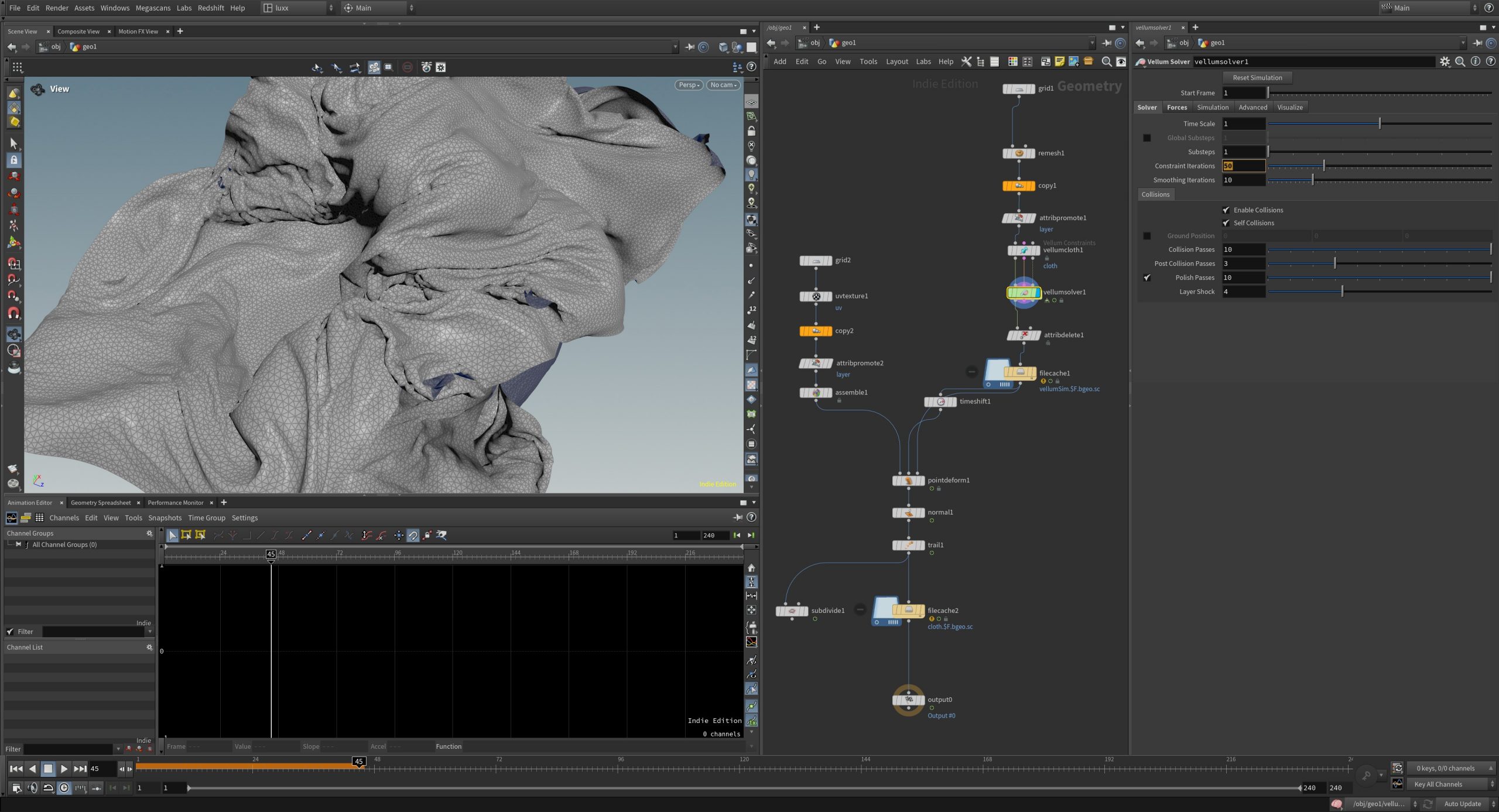
Volume 1 of Learn Houdini is a gentle introduction to the program. I cover the user interface and key concepts of the software, listed in the chapter descriptions below. I wrap of this first volume with a demo lesson, showing the start to end of a sample project.
This volume of the course is not an extensive introduction to all things Houdini, but it is the foundational level that will help get you started with the program and on to the more complicated aspects of the software. And, it’s a prerequisite for future planned volumes.
Sample Chapter – Solver SOPS
Chapter Descriptions.
00 – Intro (00:44)
This is a quick introduction to the course.
01 – Introduction to the Interface (20:20)
I start the course by explaining the various panels, interfaces and display options of the software. This is not an extensive list of every panel and parameter – just the important ones to get you comfortable moving around the interface.
02 – Introduction to Nodes (25:59)
Houdini is a node-based software. This chapter discusses the theory and usage of nodes.
03 – Expressions (16:38)
Expressions are small scripts that can be used in parameters. This chapter shows some basic usages of expressions and gets you comfortable with the idea and concept behind them. We take a look at a procedural stacking setup, where objects in the stack react to each other – all done through short expressions.
04 – Attributes (15:57)
Attributes are the data behind objects in Houdini. Most of Houdini, in fact, is about passing and manipulating data. This chapter goes into the theoretical and practical usage of attributes..
05 – VOPS (08:11)
Picking up from the attributes chapter, we look at VOPS. VOPS is a node-based coding environment. If you are not yet comfortable with coding, then VOPS will be the best place for you to start. This chapter recreates an example from the attributes chapter, using no code, just nodes in VOPS.
06 – Groups (24:52)
We look at the usage and manipulation of procedural groups.
07 – Loops (18:49)
Loops are everywhere in Houdini. But, this chapter, in particular, focuses on creating a recursive setup in the SOPS context. I explain how for-each loops work, and we build a complicated example from scratch.
08 – Solver SOPS (06:28)
Solver SOPS are SOP nodes that can create simulations by keeping the previous timeline frame in memory. We will build our very first custom simulation using a Solver SOP, showing how easy it is to use this node, (sample chapter above).
09 – Copy to Points (23:59)
We are going to look at the basics of copying instance geometry onto points, and how attributes affect the copies. We’ll also look at how to properly and efficiently set up a library of objects to be copied and distributed onto template points.
10 – Contexts (06:51)
While we are mainly working in the Object and SOPS context in this video, I take a brief moment to look at some of the other contexts in Houdini. Stay tuned for future lessons where we explore these contexts in more depth.
11 – Demo Part 1 (29:07)
I show how to set up and simulate a zero-gravity cloth simulation in SOPS, using POP (Particle) forces to drive the simulation.
12 – Demo Part 2 (08:29)
Now that our simulation is finished, I show how to bind a render-able mesh to this simulation.
13 – Demo Part 3 (28:52)
Finally, we bring our cloth simulation into the LOPS context for our first look at rendering with Karma in Solaris.
14 – Outro (00:45)
Parting words and thanks.

